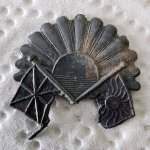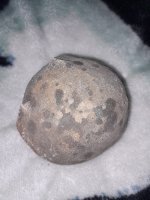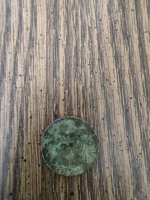transcendental
Jr. Member
- May 10, 2014
- 42
- 1
- Primary Interest:
- Other
Did my best to id them, some I just left as quartz .... not very note worthy, anyone can specify I'm all ears
imgur: the simple image sharer
imgur: the simple image sharer









